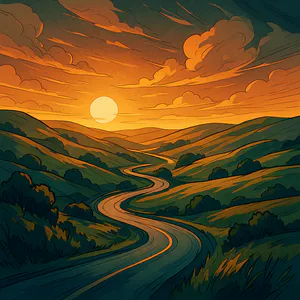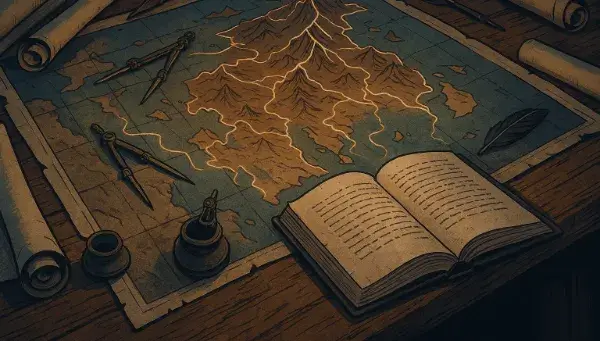Generate road names
More Place Name Generators- <% result.name %>
Discover all Story Shack apps
Explore the Essence of Your Roadways
Creating a memorable road name can set the tone for your narrative, whether it’s for a bustling city or a quiet countryside. Use these questions to inspire unique and imaginative road names that capture the spirit of your setting.
- What natural features or landmarks influence the character of this road?
- What historical events or figures are associated with this location?
- How does the local culture or community shape the identity of this road?
- What emotions or experiences do you want the name to evoke in travelers?
- What unique stories or legends are tied to this area that could inspire a name?
Frequently Asked Questions
Here are some common questions about the Road Name Generator and how it can help you create captivating road names.
How does the Road Name Generator work?
It combines various thematic elements and inspirations to generate unique road names with each click, perfect for any narrative context.
Can I specify the type of road name I want?
Currently, you can't specify; however, you can generate until you find a name that resonates with your vision.
Are the road names unique?
The road names are randomly generated; with unlimited clicks, you'll discover a diverse array of options, though some may be similar.
How many road names can I generate?
You can generate an unlimited number of road names; just keep clicking 'Generate' to explore new options.
How do I save my favorite road names?
You can easily copy a road name by clicking on it, or use the heart icon to save it for later reference.
What are good road names?
There's thousands of random road names in this generator. Here are some samples to start:
- Berry Passage
- Bright Street
- Azure Lane
- Art Boulevard
- National Passage
- Arch Row
- Bloomfield Route
- Park Row
- Oceanview Avenue
- Heirloom Avenue
About the creator
All idea generators and writing tools on The Story Shack are carefully crafted by storyteller and developer Martin Hooijmans. During the day I work on tech solutions. In my free hours I love diving into stories, be it reading, writing, gaming, roleplaying, you name it, I probably enjoy it. The Story Shack is my way of giving back to the global storytelling community. It's a huge creative outlet where I love bringing my ideas to life. Thanks for coming by, and if you enjoyed this tool, make sure you check out a few more!



















































